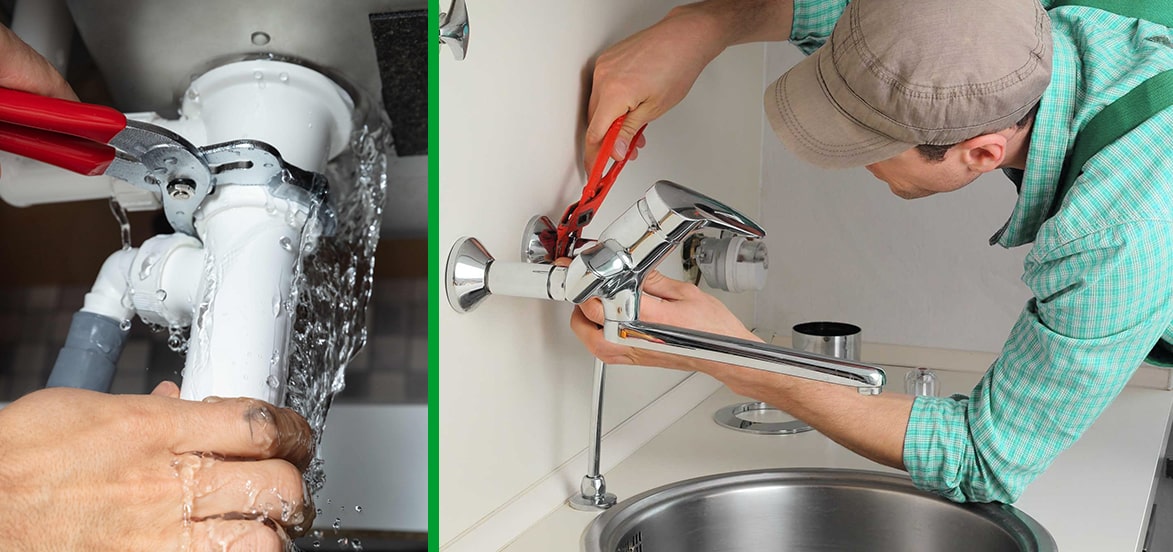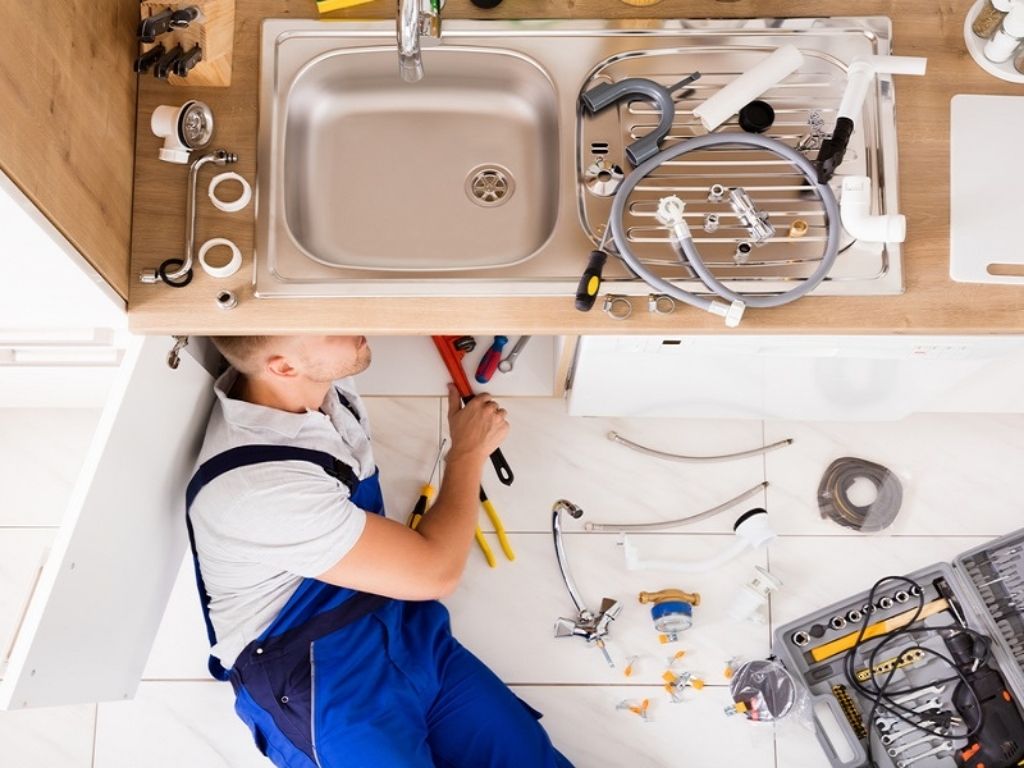Handling Appliance Problems: 5 Typical Situations Requiring a Plumber
Handling Appliance Problems: 5 Typical Situations Requiring a Plumber
Blog Article
Are you trying to find related information concerning Basic Plumbing Appliances Maintenance?

Have you ever had a trouble with your dishwashing machine and not know if to call the plumber or electrical expert? Well, we're here to clarify.
Several home appliances have a little electrical energy and plumbing. A water heater, dishwasher, or washing device are home home appliances that may need a plumber and/or electrical contractor's interest.
You may have to determine what part of the home appliance is defective prior to making that call. Call your emergency plumber right away if you experience any one of these typical device troubles.
Indulged Ice manufacturers
Yes, your refrigerator is an electric home appliance. Your plumber won't repair your refrigerator or freezer, yet if it has an ice maker attached, you need to call your plumber to take care of that part.
Your ice manufacturer has its water line, and this connection can get clogged up or dripping. When you alter your refrigerator, you ought to reconnect your ice manufacturer, otherwise it might establish a fault.
If it is redeemable, your plumber can examine your ice manufacturer and tell you. If it's not, you can change your icemaker without altering your refrigerator.
Malfunctioning cleaning devices
It's a little bit more difficult with a cleaning device. Your cleaning machine is most likely to have a plumbing-related fault than an electrical one. Of all, lots of cleaning equipment mistakes can be linked to water pressure. It might ruin also the electric elements if the water your device gets is as well quick. In this situation, changing the element will not quit the damages, only cost you even more money.
A plumber can likewise detect deterioration on the equipment's plumbing parts. We can detect a leaky or ruptured pipe and even strained plumbing work.
Defective hot water heater
If you have a gas hot water heater, the decision is easy. If you utilize the even more modern electrical water heating systems, you may be torn.
Expert plumbing technicians recognize the detailed workings of a hot water heater as well as can spot a hot water heater a lot more accurately than any individual else. Your water heater might be suffering from a leakage, a blown fuse, or easy aging. Even if the trouble takes place to be electrical wiring related, your plumber will certainly be able to repair it. A plumber will certainly do a more comprehensive work for your water heater.
Leaking faucets
A leaky faucet is your plumber's business. The problem might be as straightforward as a couple of stopping working tap parts, or it might be as a result of a larger problem like too high water stress, or infected water, particularly if your faucet features a filter. Difficult water may additionally be spoiling your kitchen area appliances.
Commonly, your tap's sturdiness depends on the product it's made of, and also its quality. A top quality tap can last over a years.
Running commodes and also clogged up drains pipes
Certainly, running toilets and blocked drains are your plumber's specialty. Your plumber can deal with any type of drainpipe, even if it is on an electric tool.
Professional plumbing technicians recognize the intricate functions of a water heating unit and also can detect a water heater much more precisely than anyone else. Even if the problem happens to be wiring related, your plumber will be able to fix it. A plumber will do a more thorough job for your water heating system.
A dripping tap is your plumber's service. The issue may be as simple as a couple of falling short tap parts, or it might be since of a bigger trouble like as well high water pressure, or infected water, specifically if your faucet comes with a filter.
Simple Fixes for Common Appliance Problems
Disposer
All disposers have an overload feature that automatically shuts off the power when the motor becomes overloaded and gets too hot. Once the motor cools, simply push the reset button on the side of or under the unit.
On the other hand, if it hums but doesn’t spin, it may have something stuck in it. Switch the disposer off, then try working through it by turning the blades with a special disposer wrench (sold at home centers) or by turning a bottom bolt. Many disposers have an Allen wrench for that purpose, inset on the bottom of the machine.
Lights
When a light goes out or a switch doesn’t work, you should first check the main electrical panel for a tripped circuit breaker. But don’t stop there. Before you change out light bulbs and switches, see if a GFCI outlet (which may be upstream from the troubled light or outlet) has tripped. Sometimes all the bathrooms or the outside lights are powered through a single GFCI located in one bathroom or elsewhere, such as in a basement. Simply push the reset button on the GFCI and you could be back in business.
Refrigerator
If your refrigerator conks out on a hot day and you have a cat or a dog, immediately check the coils for pet hair. Service pros find this problem on half of their refrigerator calls. The coils are the black tube-and-wire grid that cools the fluid in the compressor. A buildup of hair will cause the compressor to overheat and trigger the overload switch. On many fridges, you get to the coils by opening the grille at the bottom of the refrigerator. Then push a coil cleaning brush (sold at home centers) into the coils, pull it back and vacuum it clean.
If the coils are located on the back, pull out your fridge (it’s often on rollers) and brush them off. Bonus: The clean coils will cool more efficiently and save you money on your utility bill!
Once the overload switch is tripped, you may have to wait a few hours for it to cool. It will reset itself and turn the refrigerator back on.
Electric range
If your electric stove burner won’t heat, turn the burner off and pull it out from its socket. Then plug it in again and wiggle it around. If it feels loose, remove the burner again and gently bend the burner prongs slightly outward for a tighter connection. Easy does it. You could end up pushing the whole socket out of its bracket.
https://www.familyhandyman.com/project/simple-fixes-for-common-appliance-problems/

We were made aware of that report about Plumbing Problems In The House from an associate on a different blog. Enjoyed reading our posting? Please share it. Help other people find it. Thank you so much for your time invested reading it.
Start Now Report this page